Japanese horror films are renowned for their distinctive approach to the genre, often differing significantly from Western horror films in terms of themes and techniques. While both traditions aim to evoke fear and tension, Japanese horror brings a unique cultural perspective and storytelling style that sets it apart. This article explores the key differences between Japanese and Western horror, focusing on themes, techniques, and cultural influences.
1. Themes: Supernatural vs. Psychological
a. Supernatural Horror
Japanese horror films often delve into supernatural themes, exploring ghosts, curses, and ancient spirits. “Ringu” (1998) and “Ju-on: The Grudge” (2002) are prime examples, where the horror is deeply rooted in supernatural elements and folklore. These films frequently feature vengeful spirits and cursed objects, creating a pervasive sense of dread.
b. Psychological Horror
While Western horror can also be psychological, Japanese horror films often blend supernatural elements with intense psychological exploration. Films like “Audition” (1999) and “The Ring” (2002) focus on the psychological impact of fear, trauma, and paranoia, resulting in a more nuanced and unsettling experience.
2. Storytelling Techniques: Subtlety vs. Directness

a. Subtlety and Atmosphere
Japanese horror is known for its subtlety and emphasis on atmosphere. The horror often unfolds gradually, with a focus on creating a chilling atmosphere through visual and auditory cues. “Dark Water” (2002) and “Noroi” (2005) use atmospheric tension and slow reveals to build suspense, making the horror feel more insidious.
b. Directness and Gore
Western horror films, on the other hand, frequently employ a more direct approach, often including graphic violence and gore to shock and disturb. Films like “The Texas Chainsaw Massacre” (1974) and “Saw” (2004) focus on visceral scares and explicit content to elicit a more immediate reaction from the audience.
3. Cultural Influences: Folklore vs. Modern Fears
a. Japanese Folklore and Tradition
Japanese horror films are deeply influenced by local folklore and cultural traditions. Themes such as Yūrei (ghosts), Onryō (vengeful spirits), and Kaidan (ghost stories) are central to many Japanese horror films. These cultural elements infuse the films with a unique sense of authenticity and depth, as seen in “Kairo” (2001) and “Tale of Two Sisters” (2003).
b. Modern Anxieties and Societal Issues
Western horror often reflects modern anxieties and societal issues, such as fear of technology, societal collapse, or psychological trauma. Films like “The Exorcist” (1973) and “Get Out” (2017) address contemporary fears and issues, providing a more direct commentary on current social concerns.
4. Character Archetypes: Innocence vs. Corruption
a. Innocent Protagonists
Japanese horror often features innocent or everyday protagonists who become entangled in supernatural events. These characters are usually ordinary people who find themselves in extraordinary and terrifying situations. “The Grudge” (2002) and “The Eye” (2002) showcase characters who are unwittingly drawn into horrific circumstances.
b. Corrupted Characters
Western horror frequently portrays characters who are already morally compromised or corrupt, with their flaws contributing to their downfall. “Halloween” (1978) and “The Shining” (1980) feature protagonists who are often grappling with their own inner demons or moral failings, adding a layer of psychological complexity to the horror.
5. Visual and Auditory Techniques: Minimalism vs. Excess
a. Minimalist Aesthetics
Japanese horror films often utilize minimalist aesthetics, focusing on simplicity and restraint in both visual and auditory elements. The use of subdued color palettes and quiet, eerie soundscapes contributes to a more subtle and atmospheric form of horror. Films like “Ju-on” (2002) and “Kairo” (2001) exemplify this minimalist approach.
b. Excessive Visuals and Sound
In contrast, Western horror films may employ excessive visuals and loud sound effects to heighten the impact. The use of vivid gore, dramatic music, and intense sound design creates a more overt and immediate sense of horror. Films like “The Evil Dead” (1981) and “Hereditary” (2018) use these techniques to deliver shock and terror.
Conclusion
Japanese horror films offer a distinctive take on the genre, characterized by their emphasis on supernatural elements, subtle storytelling, and cultural influences. In contrast, Western horror films often focus on modern anxieties, directness, and graphic content. Understanding these differences highlights the rich diversity within the horror genre and offers a deeper appreciation of how different cultures approach fear and suspense.


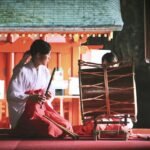

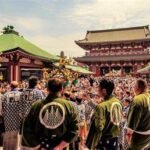



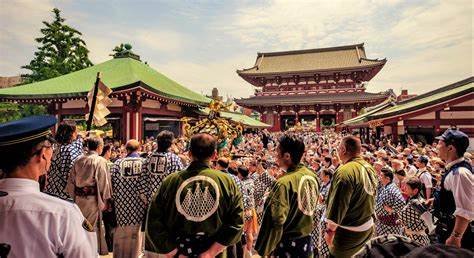
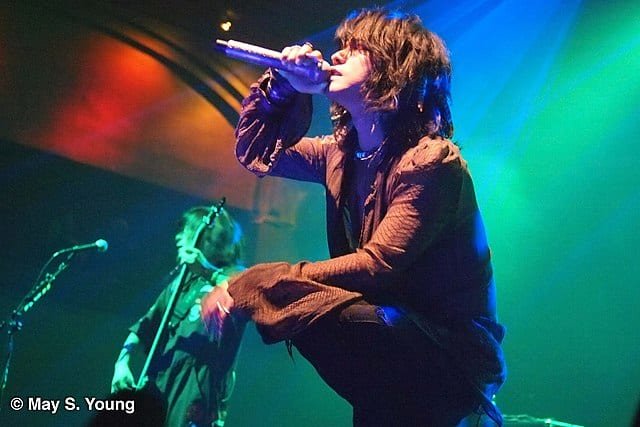

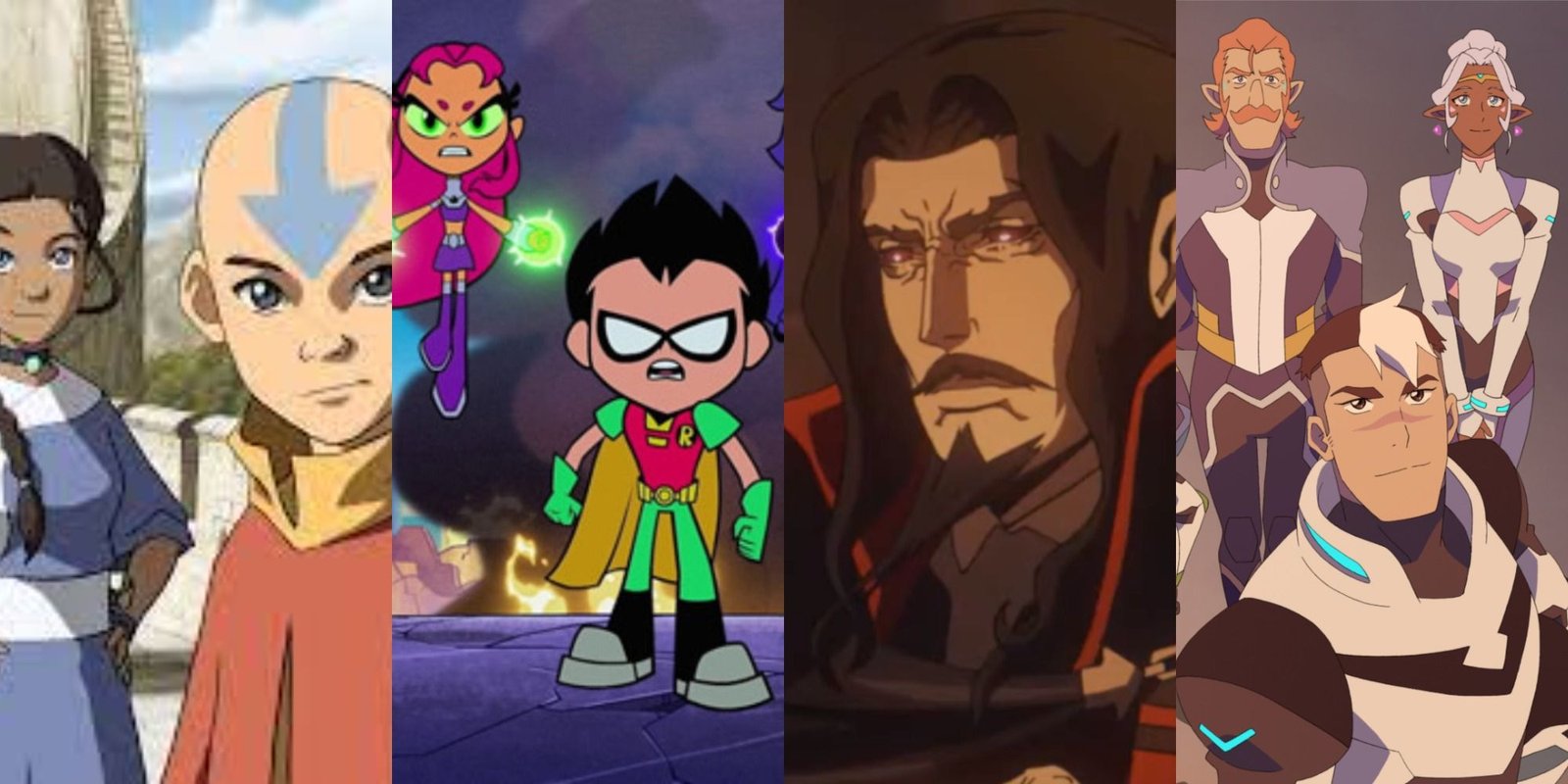
One thought on “How Japanese Horror Films Differ from Western Horror: Themes and Techniques”
Comments are closed.